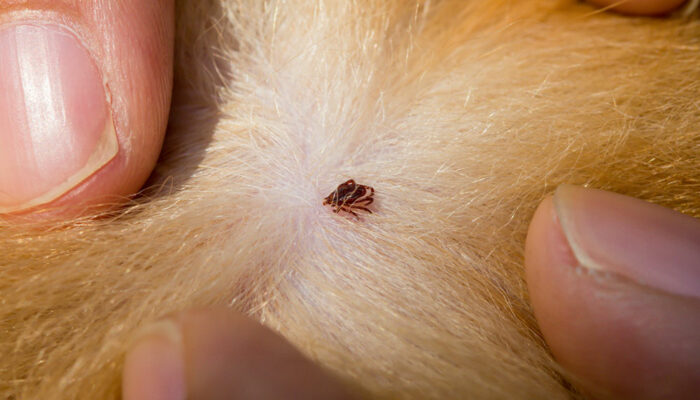
The Hidden Metabolic Disorder That Stops The Body From Fueling Itself — And What’s Being Done About Long-Chain Fatty Acid Oxidation Disorders (LC-FAODs)
In the realm of metabolic disorders, long-chain fatty acid oxidation disorders (LC-FAODs) remain a relatively obscure condition, yet they have a profound impact on those affected. These disorders prevent the body from properly converting certain fats into energy, leading to a host of complications. One of the innovative treatments making waves in the field is the introduction of dojolvi triheptanoin oral dose, which offers hope to patients struggling with this challenging condition.
1. Understanding LC-FAODs
LC-FAODs are a group of genetic disorders that disrupt the body’s ability to break down long-chain fatty acids into energy. This process is crucial, especially during periods of fasting or increased energy demand, such as exercise. When this metabolic pathway is impaired, it can lead to severe energy deficiency, causing muscle weakness, liver dysfunction, and even life-threatening complications. Diagnosing LC-FAODs can be challenging, as symptoms often mimic other conditions, making awareness and early detection vital.
2. The role of genetics
The root cause of LC-FAODs lies in genetic mutations. These mutations affect enzymes responsible for the breakdown of long-chain fatty acids. Each type of LC-FAOD is linked to a specific enzyme deficiency, and understanding the genetic basis is key to accurate diagnosis and management. Genetic testing plays a crucial role in identifying these disorders, enabling tailored treatment plans and better outcomes for patients. With advances in genetic research, there is hope for more precise interventions in the future.
3. Innovative treatments on the horizon
Traditional management of LC-FAODs has focused on dietary modifications and avoiding fasting. However, new treatments are emerging that offer more targeted approaches. Dojolvi triheptanoin oral dose is a promising therapy that provides an alternative energy source for those with LC-FAODs. This medium-chain triglyceride can be metabolized into energy more easily, bypassing the defective pathways. The introduction of such treatments marks a significant step forward in improving the quality of life for patients.
4. Dietary management and lifestyle adjustments
For individuals with LC-FAODs, dietary management is a cornerstone of treatment. A specialized diet that includes medium-chain triglycerides, like those found in coconut oil, can help provide an alternative energy source. Regular meals and snacks are essential to prevent energy depletion. Additionally, lifestyle adjustments, such as avoiding strenuous exercise and ensuring adequate rest, are crucial in managing symptoms. Working closely with a healthcare team, including dietitians and genetic counselors, is vital for effective management.
5. The importance of awareness and support
Raising awareness about LC-FAODs is critical for early diagnosis and intervention. Many healthcare professionals and families remain unaware of these disorders, leading to delayed treatment. Support networks and advocacy groups play a pivotal role in providing resources, education, and community for those affected. Increased awareness can lead to better funding for research and development of new therapies, ultimately improving outcomes for patients. The landscape of treatment for LC-FAODs is evolving, with innovative therapies like dojolvi triheptanoin oral dose offering new hope. Understanding the genetic basis, coupled with advancements in dietary management and lifestyle adjustments, provides a comprehensive approach to managing these complex disorders. As awareness grows, so does the potential for improved quality of life for those living with LC-FAODs.



